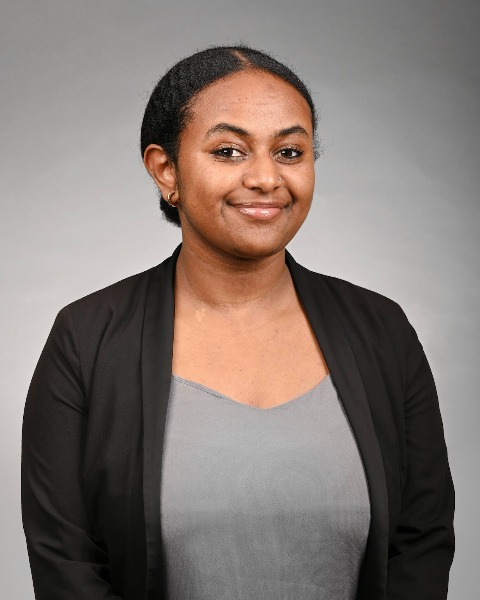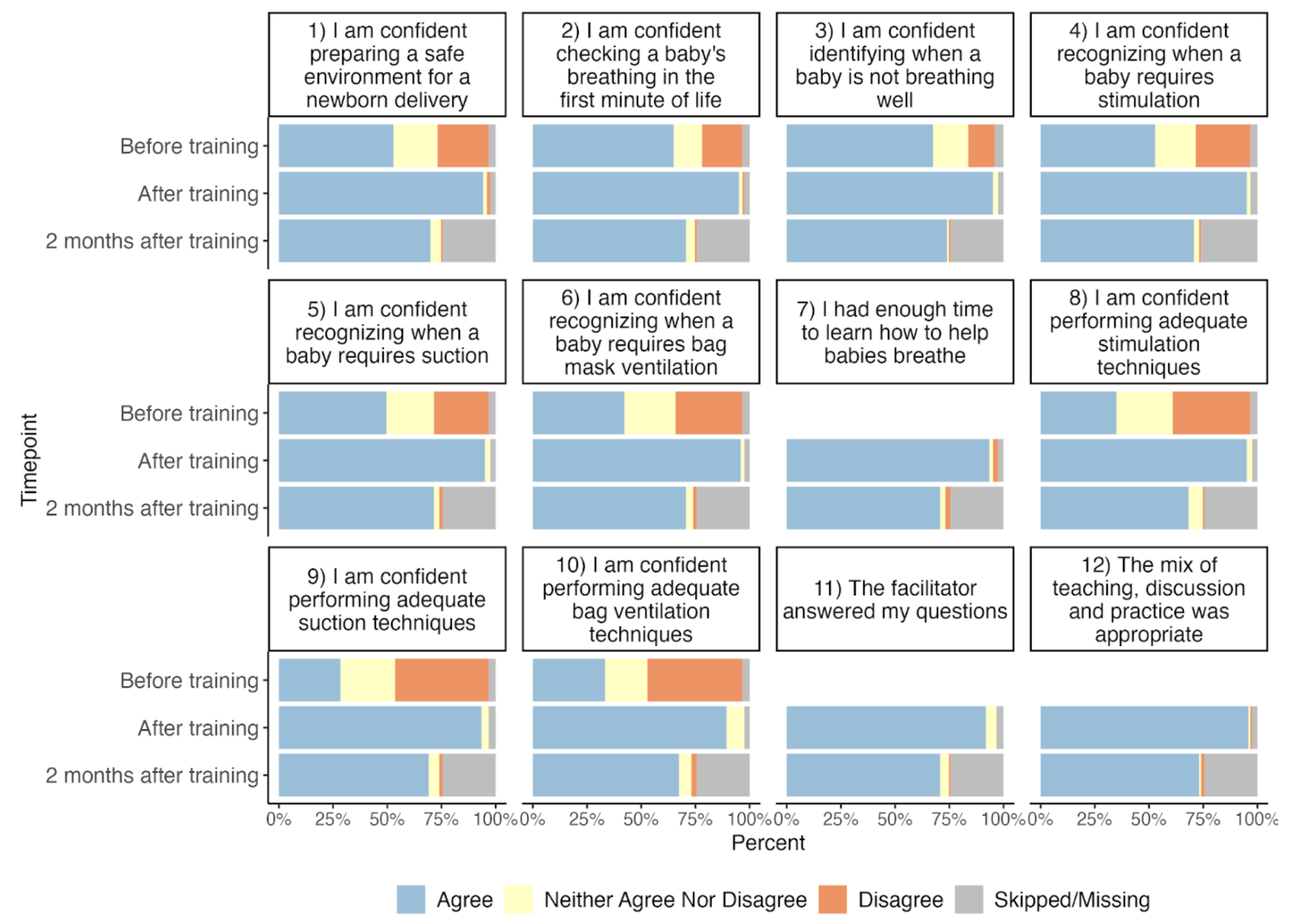Global Neonatal & Children's Health 4
Session: Global Neonatal & Children's Health 4
779 - Self-efficacy in neonatal resuscitation among Ethiopian medical students following virtual training: a mixed methods study
Sunday, April 27, 2025
8:30am - 10:45am HST
Publication Number: 779.6293
Bethel A. Bayrau, University of California, Los Angeles David Geffen School of Medicine, Los Angeles, CA, United States; Vaishnavi Bhamidi, Stanford University School of Medicine, Stanford, CA, United States; Jane Liang, Stanford University School of Medicine, Palo Alto, CA, United States; Beza Eshetu Alemu, Jimma University, Jimma, Oromiya, Ethiopia; Lulu M. Muhe, Addis Ababa University, Addis Ababa, Adis Abeba, Ethiopia; Kay Daniels, Stanford Health Care, Palo alto, CA, United States; Henry C. Lee, University of California, San Diego School of Medicine, La Jolla, CA, United States; Max Clary, Stanford University School of Medicine, Los Gatos, CA, United States; Melkamu Berhane. Arefayine, Jimma University, Jimma, Oromiya, Ethiopia; Rishi Mediratta, Stanford University School of Medicine, Palo Alto, CA, United States

Bethel A. Bayrau, BS (she/her/hers)
Medical Student
University of California, Los Angeles David Geffen School of Medicine
Los Angeles, California, United States
Presenting Author(s)
Background: Neonatal resuscitation programs in low-income countries shifted to virtual formats during the COVID-19 pandemic. The impact of virtual neonatal resuscitation training on healthcare providers’ attitudes and self-efficacy is unknown.
Objective: We explored medical students' attitudes during and self-efficacy after participation in a randomized controlled non-inferiority trial, comparing the efficacy of virtual vs in-person neonatal resuscitation training in Jimma, Ethiopia.
Design/Methods: This mixed-methods analysis included virtual arm’s participation in an attitude survey administered before, after, and two months after training, and two focus group discussions (FGDs) conducted two months after training. The survey used a 5-point Likert scale collapsed into three categories (Agree/Neither Agree Nor Disagree/Disagree). FGD transcripts were translated from Amharic and independently and inductively coded by two researchers who reconciled codes with a third researcher. Themes were interpreted through Bandura’s Social Cognitive Theory. Participants consented before participation.
Results: For the attitudes survey, 124 participants were surveyed before and after the training, and 94 were surveyed two months after the training. More than 80% of the participants reported confidence in preparing for safe delivery and neonatal resuscitation techniques after the training (Fig 1). Ten clinical-year medical students from the virtual arm participated in FGDs. Key findings from the FGD interviews revealed virtual training allowed participants to learn from mistakes and feedback given to others about bag-mask ventilation (Table 1). This collaborative environment promoted accessibility and enriched learning by enabling equal participation without physical or auditory barriers. Virtual training allowed participants to practice skills independently, motivating a sense of responsibility and thorough step-wise learning. Through repetitive practice of skills, participants solidified their knowledge, promoting their confidence in preparing a safe environment for newborn delivery and resuscitation. Connectivity and device issues were present but did not hinder participants’ learning.
Conclusion(s): Virtual training promotes medical students’ self-efficacy in learning and applying neonatal resuscitation, including tactile skills like bag-mask ventilation. Despite technological challenges, students gained confidence through repetitive practice, peer collaboration, and instructor feedback. Virtual neonatal resuscitation training is a scalable solution for improving skills in low-resource settings.
Table 1: Key themes demonstrating self-efficacy and associated Bandura's factors of self-efficacy, illustrative quotes and attitude survey questions
.png)
Fig 1: Attitude survey responses from virtual arm participants


